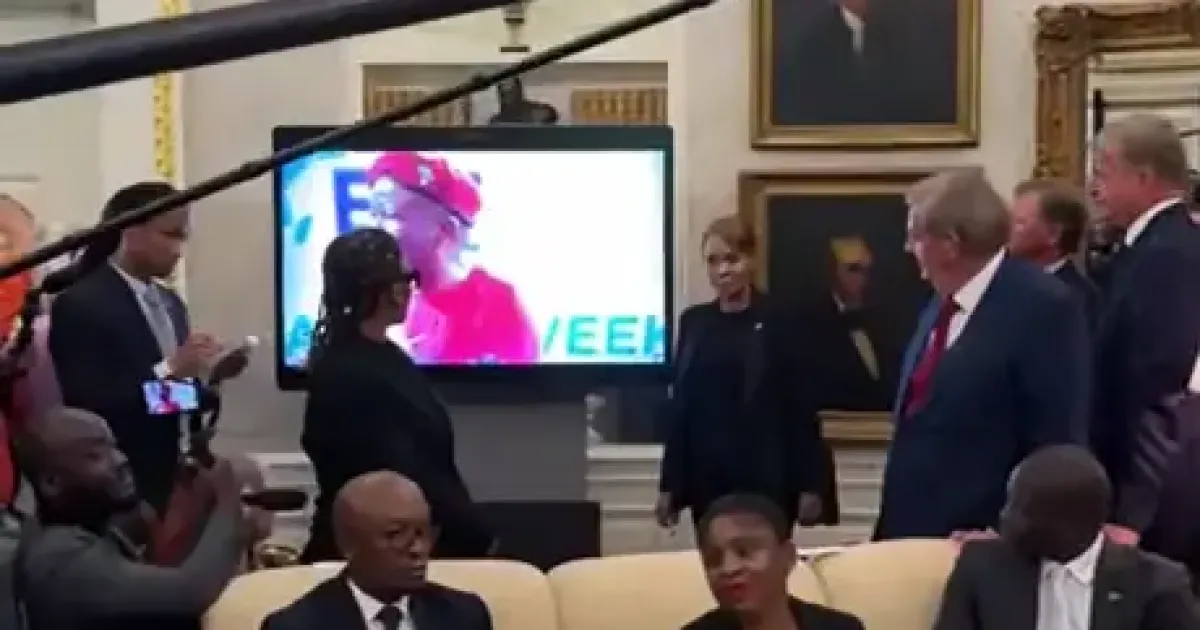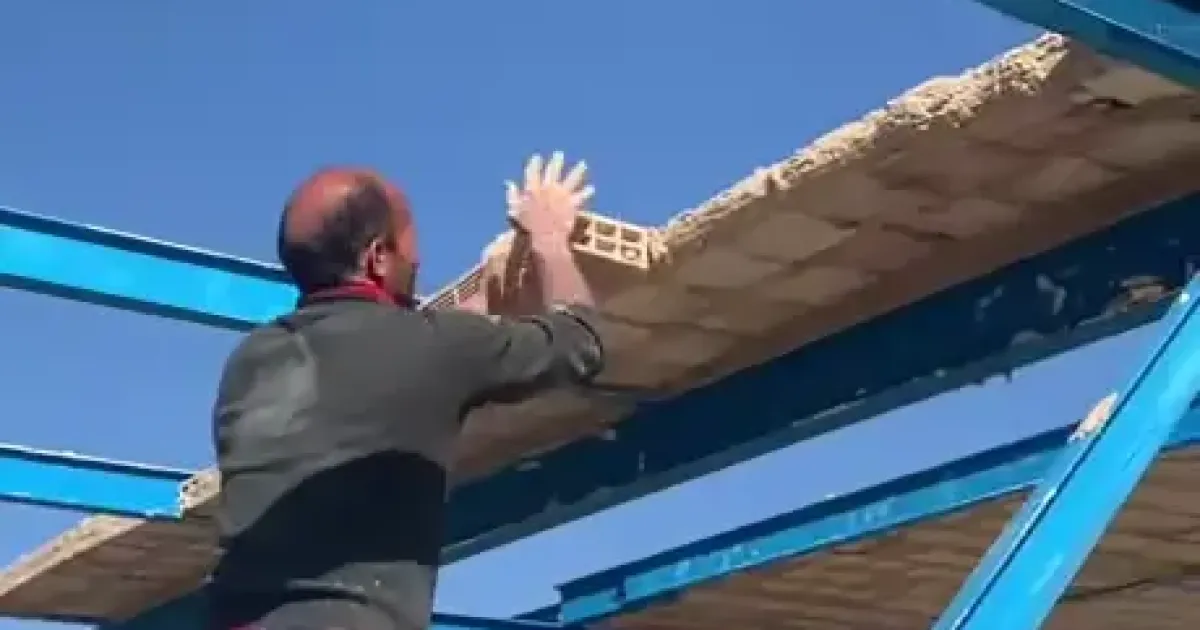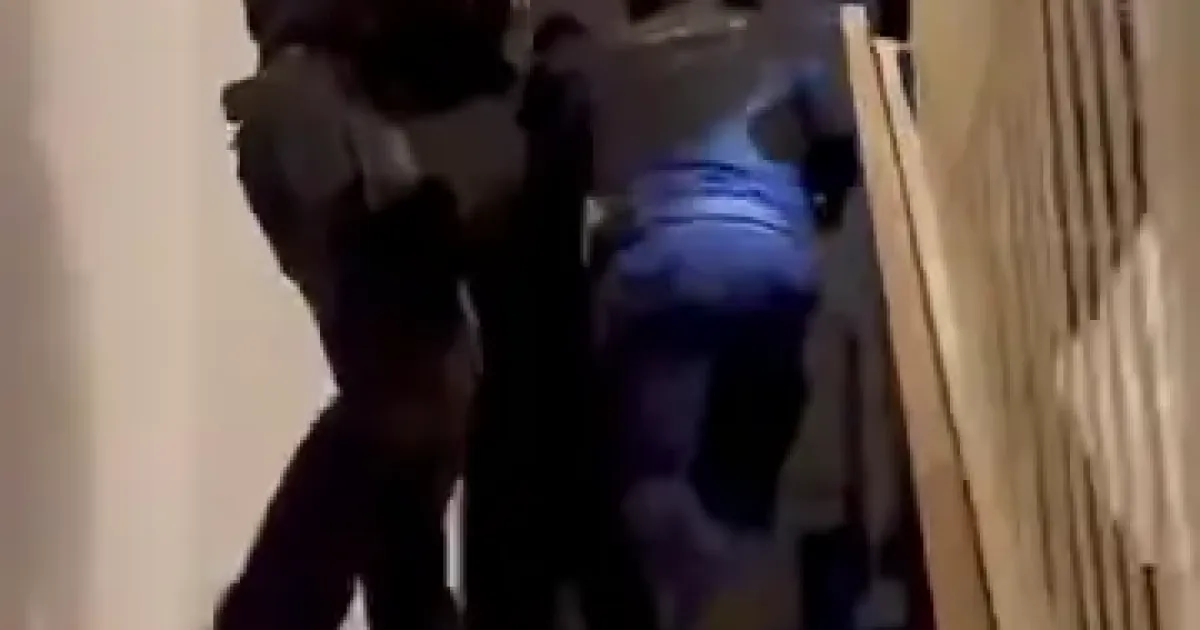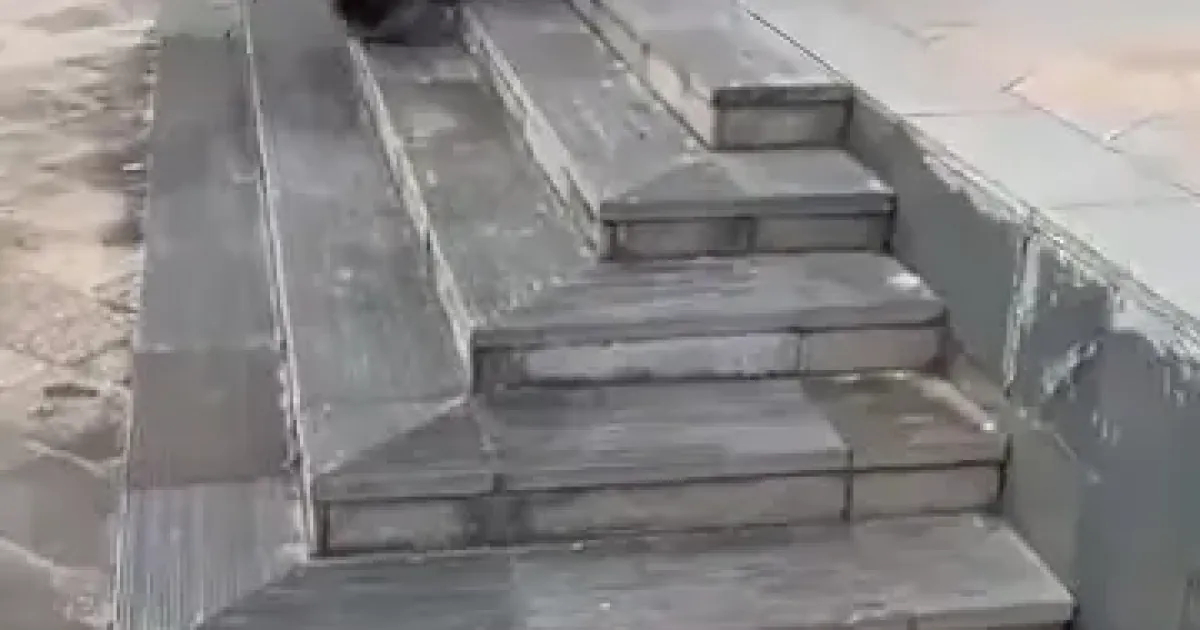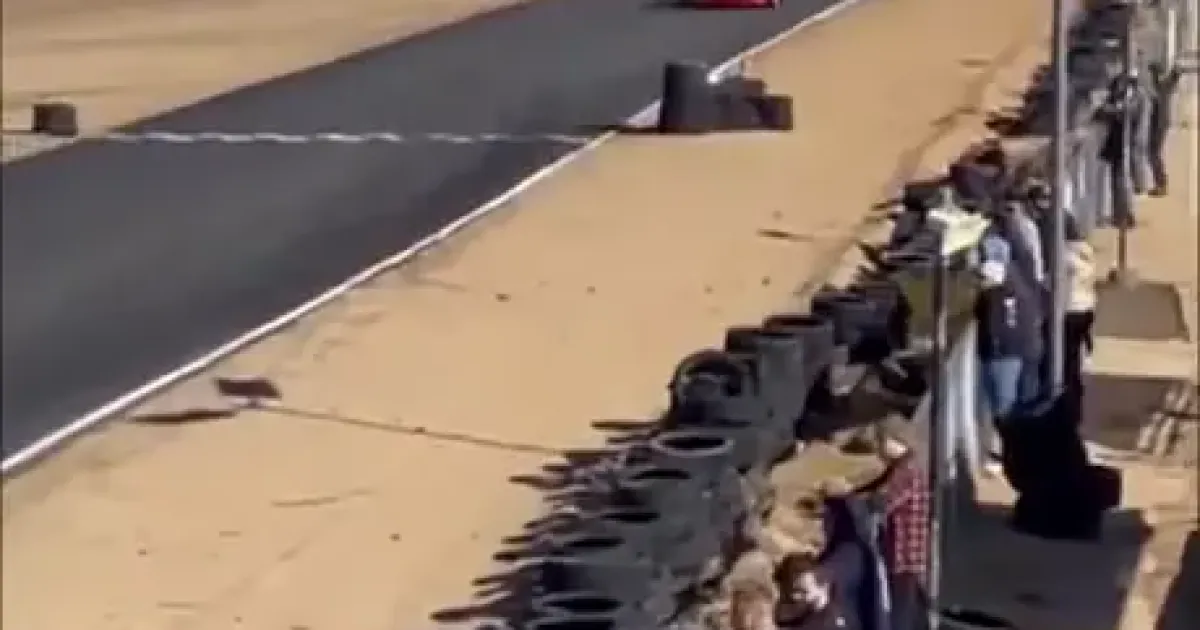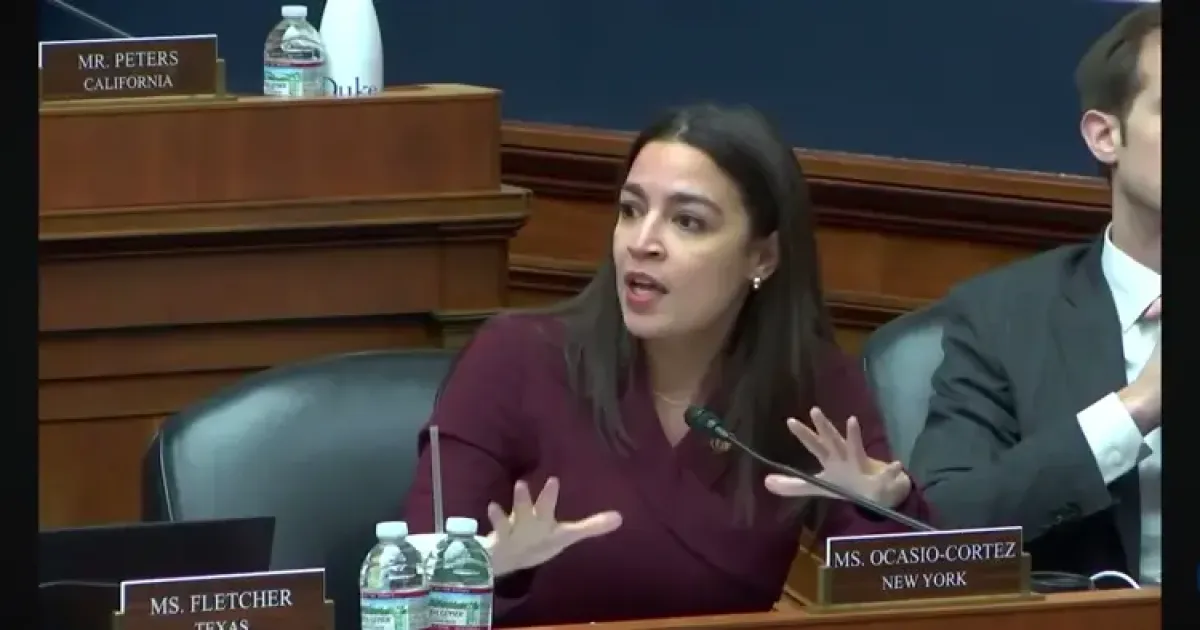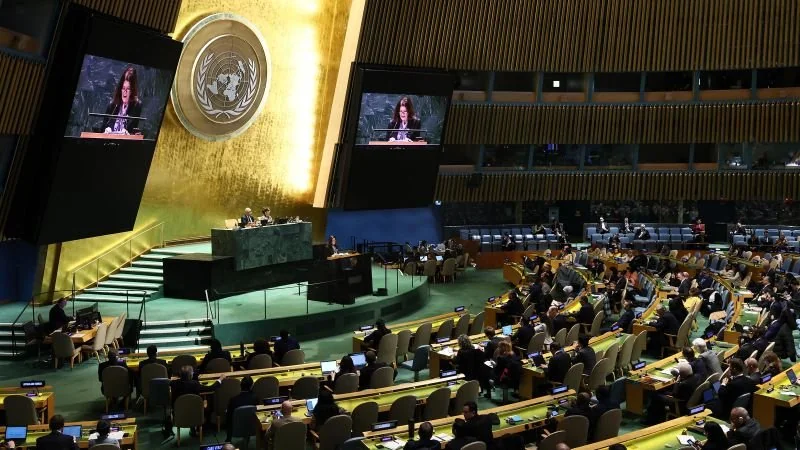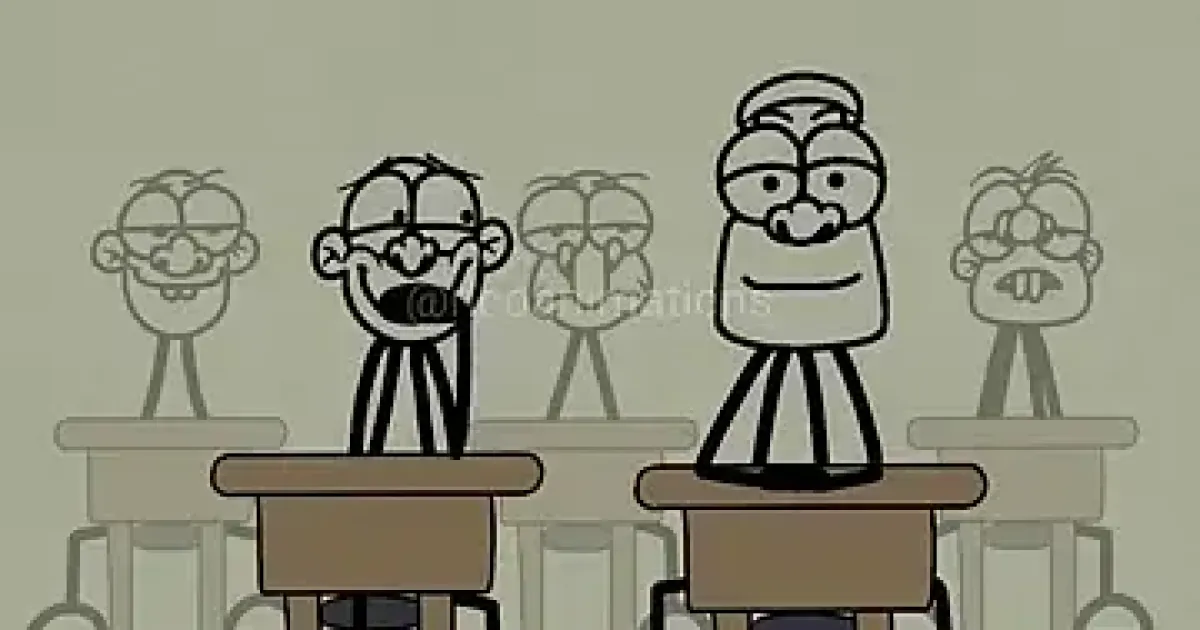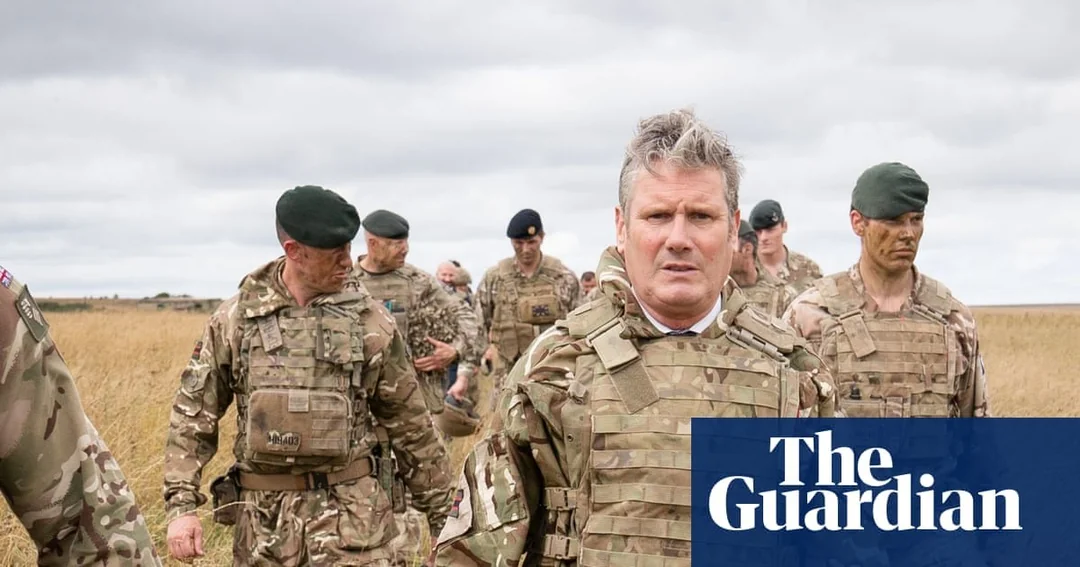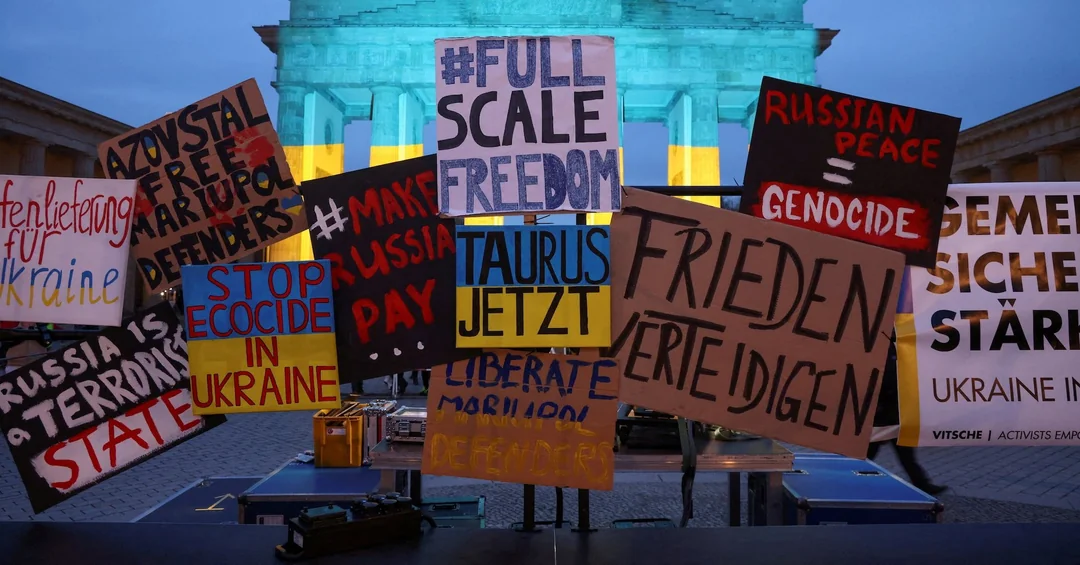
no need Black lives Matter without Life
no need Black lives Matter without Life Palestine Matter
🚨📢⚠️✊🇵🇸
Nonstop Tomorrow ETC!!
Rally & Riot all Over the World & U.S ,Demand Embargo & Complete Cessation of Arms Aid & Funding for Israel's Genocide Against Palestinians!!
& Call For Declaration of War Against
#news #global #update #community #palestine #freedom
Israel!!!
Read More...
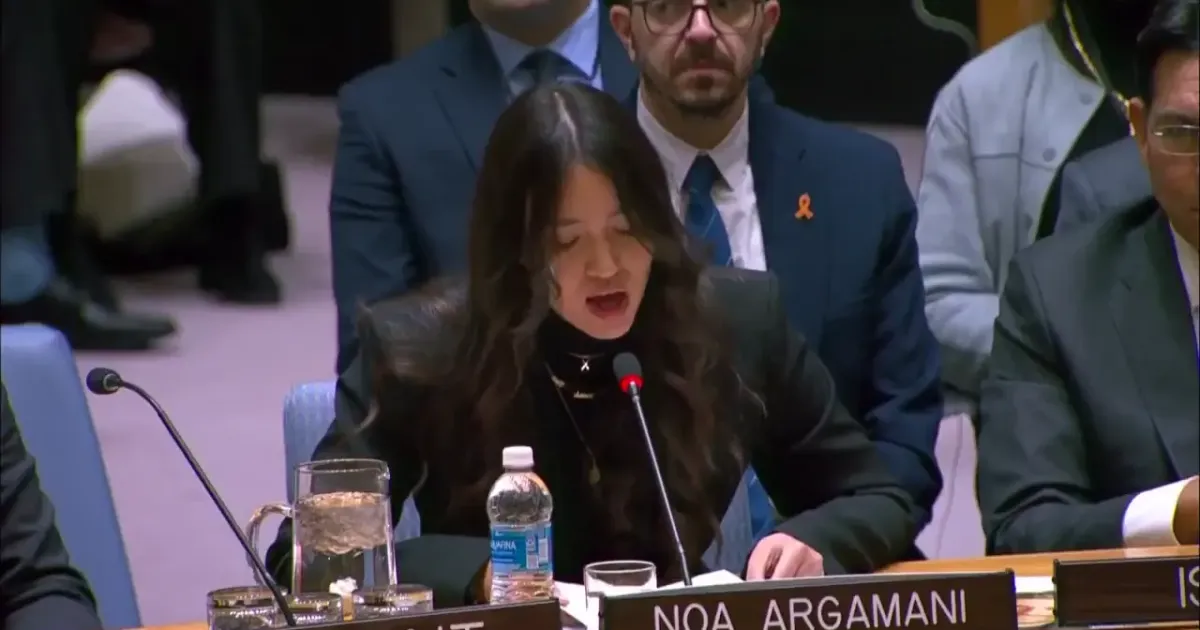
Former Israeli Captive Noa Argamani Tells UN: Israeli Airstrikes Targeted Us, Killing Fellow Hostage
Former Israeli captive, Noa Argamani, describes at the United Nations how Israeli airstrikes targeted them during their captivity, killing her fellow captive Yossi Sharabi and nearly killing her too
#ONU #News #Israel
Read More...
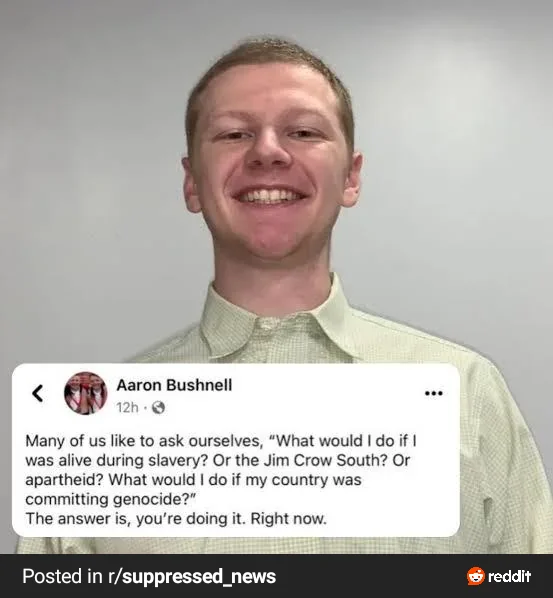
One year ago today, in protest against U.S. support for the genocide of Palestinians 25-year-old U.S. Air Force serviceman Aaron Bushnell.
Tragically ended his life by self-immolating outside the Israeli Embassy in Washington, D.C.
#EUA #Israel #Palestine #War #News #Protest
Read More...

